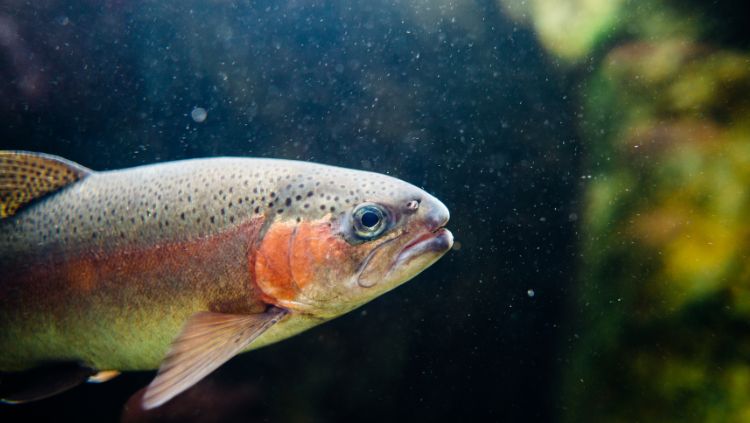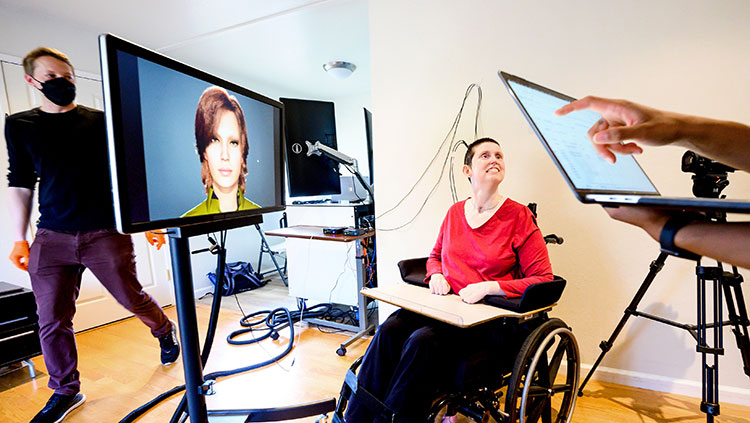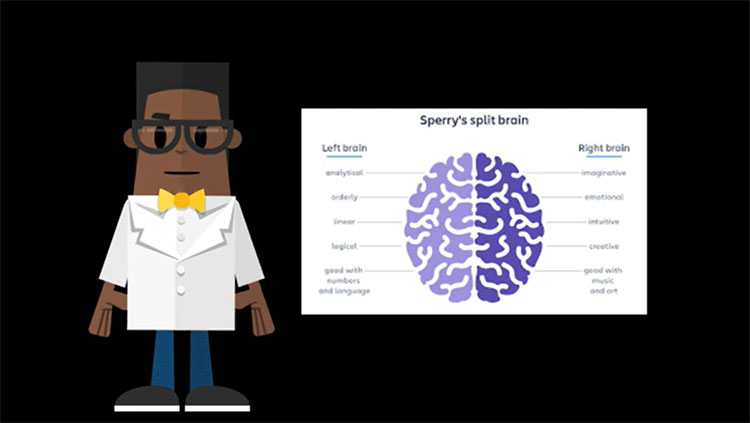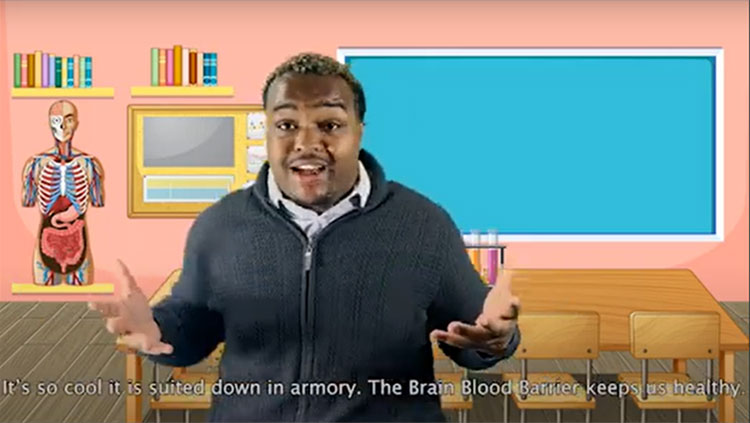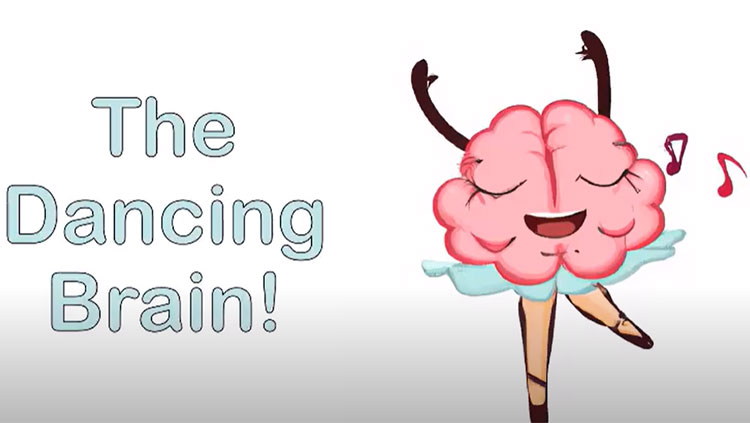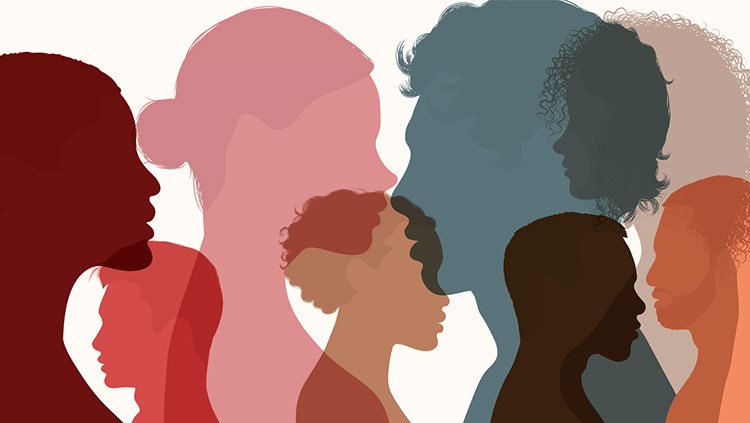The Universe Inside Your Head
- Published18 Oct 2013
- Reviewed18 Oct 2013
- Source BrainFacts/SfN
Your brain is only about the size of two fists, but it can contain up to 100 billion neurons! Learn the basics of brain anatomy and explore the different ways that neuroscientists study the brain in this video from Claire Weichselbaum, who graduated from Bryn Mawr College, submitted for the 2013 Brain Awareness Video Contest.
CONTENT PROVIDED BY
BrainFacts/SfN
Transcript
This is a mouse. And this is a mouse brain. It's smaller than a penny, but it's responsible for everything a mouse does - moving, sniffing, eating, sleeping, making decisions, communicating with other mice. All that, in this tiny little ball.
A human brain isn't very much bigger - about the size of your two fists put together. It only weighs about 3 pounds, just 2% of the body's total weight. But it's the most complex thing in the known universe.
Everything you do - from breathing to seeing to thinking about what I'm saying right now - begins right here, in the brain. Your brain is made up of over 100 billion microscopic pieces, called brain cells, or neurons, which connect to each other to form an incredibly complex network, like a big tangled web. 100 billion is a HUGE number - there are more neurons in your brain than stars in the whole Milky Way galaxy!
Every second, your neurons are sending millions of electrical signals around this network inside your brain. They might be deciding what to have for lunch, or calculating a math problem, or remembering your favorite song, or making you feel hungry or angry or proud. Neurons send signals out to the rest of your body too, telling your hand to move, or your lungs to breathe, or your mouth to speak. We can think and do so many different things because we have so many neurons that can connect in so many different ways.
How many ways? Well, imagine for a moment that you're holding 10 pieces of string, and you give the other ends to 10 different friends. Okay, now what if there were 100 people who all did that - you'd have a pretty huge knot of string pretty quickly! Think that's complicated? What if there were 100 BILLION people, who each connected to 10 THOUSAND others. That's what's happening in your brain. Each of your 100 billion neurons is connected to an average of 10 thousand other neurons, which makes for 1 QUADRILLION connections!
Figuring out how all these connections lead to our thoughts and actions is a big job. Scientists who study the brain are called neuroscientists. Some neuroscientists study brains from mice and other animals, which give us clues about how the human brain works. Some neuroscientists study neurons they grow outside the brain, in dishes. Some study human brains donated from people who are no longer alive, or the brains of live people using machines kind of like X-rays. Some neuroscientists look at how the whole brain is organized, and others look at how the microscopic neurons interact. Every day, they make new discoveries about how this amazing organ works.
But we don't know everything about the brain - in fact, a lot of questions remain a mystery. How are memories stored? Why do we dream? How can we fix brain injuries and illnesses? How does the brain create thoughts, emotions, imagination, consciousness? Studying the brain is like exploring outer space - it might look smaller, but the brain is a vast expanse of uncharted territory waiting to be explored.
What questions will YOU ask? What mysteries will YOU solve, what discoveries will YOU make, exploring the universe inside your head?
Also In Anatomy
Trending
Popular articles on BrainFacts.org


